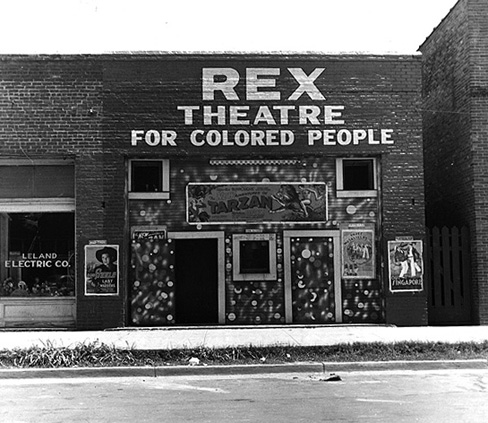Week of Events
Racial Boundaries: The Origin and Consequences of the Color Line in the USA
Racial Boundaries: The Origin and Consequences of the Color Line in the USA
We are now taking on two readings which are keys to unlocking the power of the color line in shaping the political economy our world and in shaping the lives of African Americans. Theodore Allen’s pamphlet “Class Struggle and the Origin of Racial Slavery: The Invention of the White Race,” and W.E.B. DuBois’ “The Souls of Black Folk”.
A Spring Fever of World Literature
A Spring Fever of World Literature
Four writers (John Berger, China Miéville, Arundathi Roy and Chris Abani) who have provided us with an array of work to counter the despair of late capital during this period when the scales are weighted far more towards barbarity and continual degradation of our biosphere, than towards what should be an equally shared planet by all who inhabit it. Please join us for close readings and discussions of works spanning the last century and much of the globe.
Final Friday Film: Camp de Thiaroye
Final Friday Film: Camp de Thiaroye
In Camp de Thiaroye the tirailleurs use the traditional, highly rhetorical, almost theatrical, mode of debate of their various societies, but adapt this ritual form to the only language they have in common: the pidgin which the French insultingly call “petit nègre”, a language which is both a result and a tool of colonial exploitation. Here it is revealed as having a potential for eloquence, allowing it to become a moving medium for the articulation of feelings, needs, grievances and resistance, and thus ultimately for the development of the tirailleurs‘ collective political awareness and consciousness of themselves as Africans.
Capital, Volume 2
Capital, Volume 2
How the hell can reproduction of society as a whole take place when there is no conscious social planning that insures that all needs are met and in the necessary proportions such that a continuous reproduction of the conditions of life can take place and reproduce the capitalist relations of production? By looking at capitalist social reproduction from this viewpoint, in Volume II we discover the solution to this problem while new internal contradictions and instabilities at a societal level inherent to this mode of production are explained.




